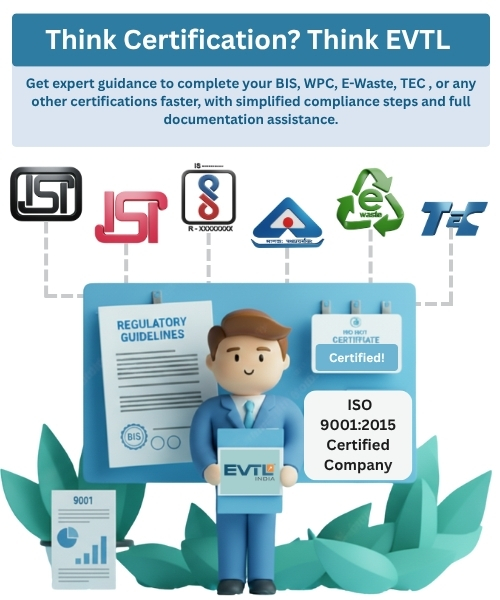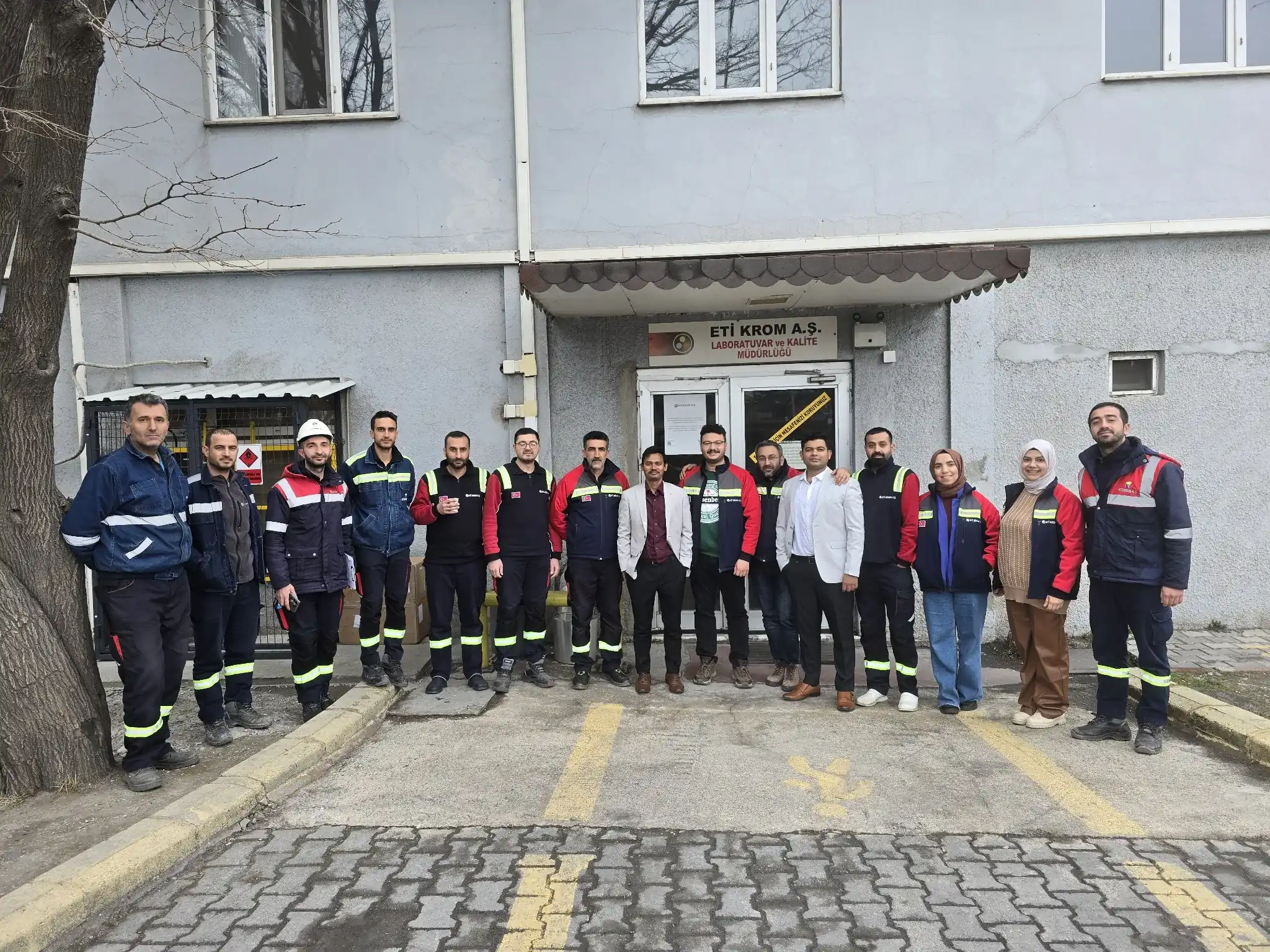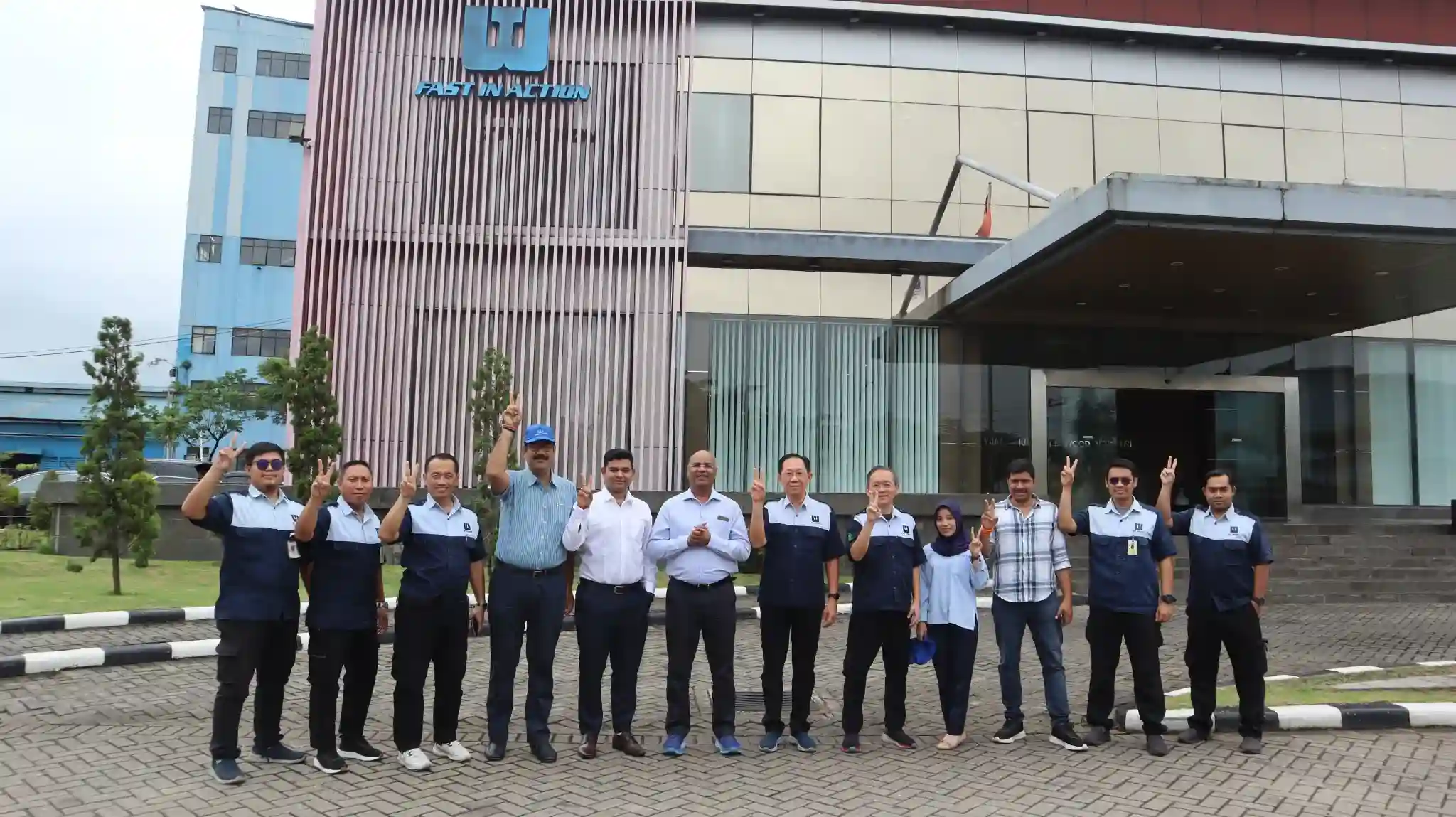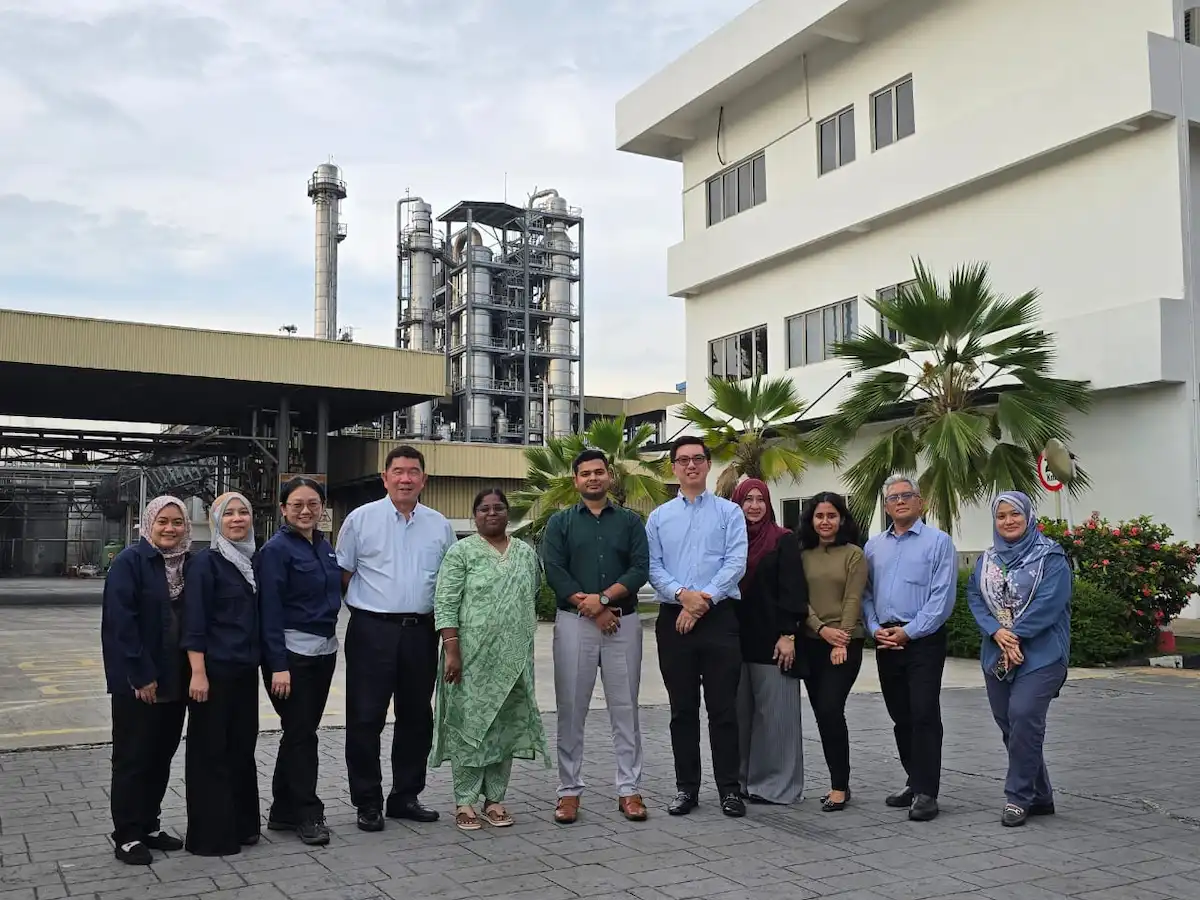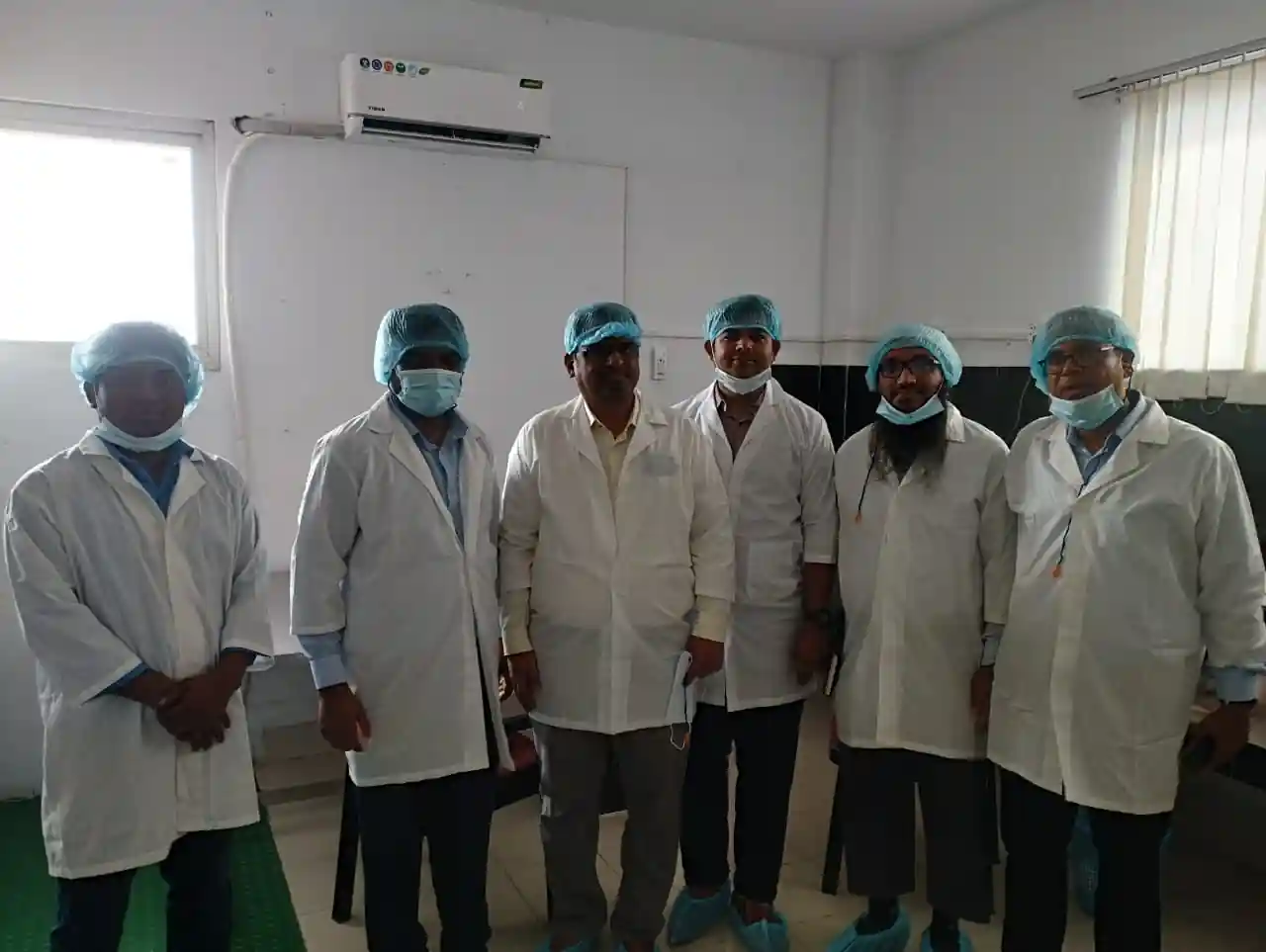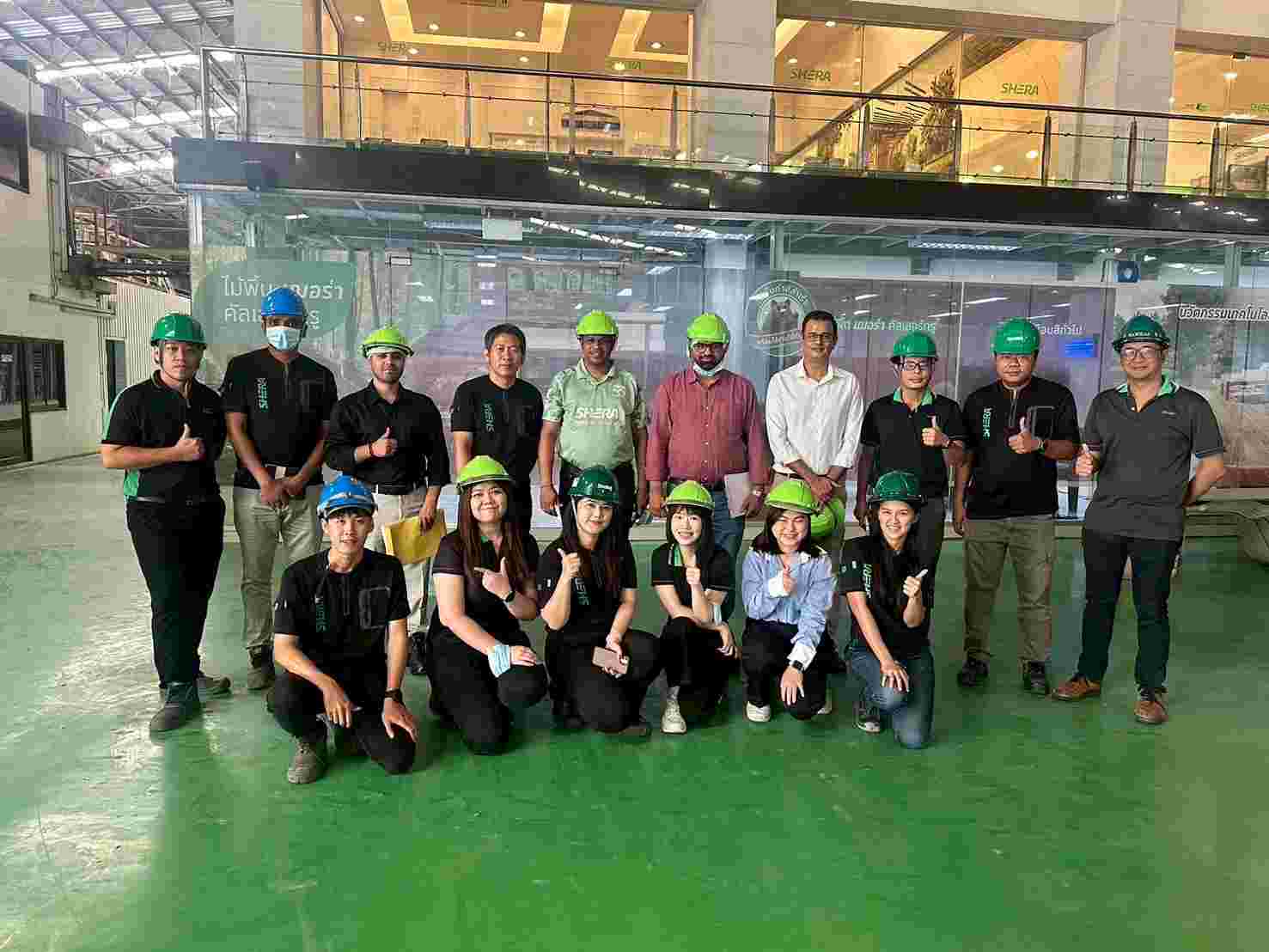Get A Quote
BIS Certification for H Acid IS 8637: 2020

H Acid, scientifically known as 8-amino-1-naphthol-3,6-disulfonic acid, is a synthetic organic compound extensively used in the dye industry. This versatile chemical serves as a key intermediate in the production of various azo dyes and pigments, contributing to the creation of vibrant colors in textiles, leather, and other materials.
H Acid is valued for its ability to produce a wide range of colorfast and stable dyes, ensuring long-lasting and vivid hues. Its chemical stability and reactive properties make it a fundamental component in dye synthesis, supporting the high-quality standards demanded by modern industries.
Introduction
The H Acid Amendment Order, 2025, issued by the Ministry of Chemicals and Fertilizers
(Department of Chemicals and Petrochemicals), mandates BIS certification for
all H Acid manufacturers. This certification ensures that H Acid complies with
Indian Standard IS 8637:2020, which sets stringent quality parameters for the
product. The BIS certification, represented by the ISI Mark, signifies
adherence to these standards, safeguarding the quality and safety of the chemical.
By following these guidelines, manufacturers contribute to the consistent
production of high-quality H Acid, crucial for the dye and pigment industries.
Why is BIS Certification
Necessary for H Acid?
BIS certification is crucial for H Acid because it establishes a standardized benchmark for quality and safety in its production. Compliance with Indian Standard IS 8637:2020 ensures that the chemical meets necessary purity, stability, and performance criteria, minimizing risks associated with substandard products. The certification supports the reliability of the dyeing process in various industries, promoting colorfastness and reducing the chance of contamination. This mandatory certification, as per the H Acid Amendment Order, 2025, helps regulate the industry, protecting both manufacturers and end-users by guaranteeing consistent product quality and safety.
Also Read
BIS QCO for H AcidOverview of Indian
Standard IS 8637:2020
Indian Standard IS
8637:2020 specifies the quality requirements for H Acid, focusing on its
chemical composition, purity levels, and physical properties. The standard
outlines test methods to ensure that the product meets the required
specifications, including assessments of moisture content, purity, and
stability under various conditions. Adherence to IS 8637:2020 is mandatory for
manufacturers to obtain BIS certification, ensuring that H Acid is suitable for
its role as a dye intermediate. The guidelines aim to maintain high quality in
the dye industry, supporting the production of reliable and consistent coloring
agents. Non-compliance with these standards can lead to penalties under the
Bureau of Indian Standards Act, 2016.
Process for BIS Certification
The BIS
certification process for H Acid involves multiple steps, designed to thoroughly
evaluate a product's compliance with the required standards. Here is a general
overview of the certification process:
1. Application Submission: Manufacturers
must submit an application form along with required documentation to BIS.
2. Documentation Review: BIS reviews the
submitted documents to ensure completeness and correctness.
3. Factory Inspection: BIS officials
conduct an on-site inspection of the manufacturing facility to assess the
production process and quality control measures.
4. Sample Testing: Product samples are
taken and tested in BIS-approved laboratories to verify compliance with Indian
standards.
5. Certification Grant: Upon successful
completion of the inspection and testing, BIS grants certification, allowing
the manufacturer to use the BIS mark on their products.
Documents Required for BIS Certification
To apply for BIS certification, manufacturers need to submit the following documents:
● Application form
● Manufacturing process details
● Quality control plan
● Test reports from BIS-approved laboratories
● Factory layout and equipment details
● Proof of business registration
● Product specifications and technical details
● Declaration of conformity to Indian standards
Additionally, manufacturers may be required to provide proof of compliance with environmental and safety regulations, depending on the specific type of product being certified.
BIS ISI Mark Certification Costing And Timeline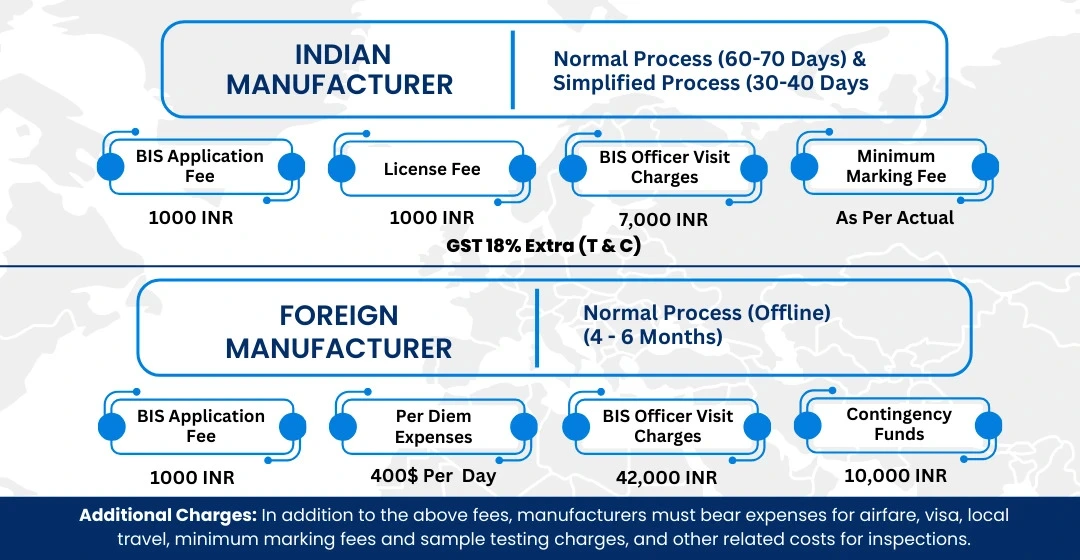
To Know The Process in Detail, Please Visit:
Under BIS Registration Products ISI and CRS
Conclusion
BIS certification
for H Acid is essential to ensure adherence to quality and safety standards as
per IS 8637:2020. By complying with the mentioned Quality control order,
certified products provide reliable performance, enhance consumer safety, and
reinforce the credibility of manufacturers in the Indian market.
Navigating the BIS certification
process can be challenging, especially for small and medium-sized enterprises.
EVTL India is a leading consultancy firm dedicated to assisting manufacturers
in obtaining BIS certification (ISI Mark) efficiently. With expertise in
managing BIS portal submissions, documentation, and regulatory fees, EVTL India
ensures a smooth and successful certification process. By choosing EVTL India,
manufacturers can enhance their product's marketability both in India and
internationally, securing a competitive edge. Additionally, EVTL India provides
ongoing support post-certification, helping manufacturers maintain compliance
with BIS standards and renew their licenses as needed.
Free Call Back
Latest News & Update
📅 BIS Critical Component List (CCL) Updates for Solar PV Modules
🕒 BIS Fee Concessions for MSMEs and Startups | EVTL India
📅 Guidelines for Implementation of Essential Requirements for Security of CCTV
🕒 Omnibus Technical Regulation (OTR) Amendment Order, 2025
🕒 Extension of Timeline for Filing Annual Returns by Battery Producers
📅 Extension of Timeline for Filing Quarterly and Annual Returns for E-Waste
🕒 Extension of Concurrent Running Period for IS 302-1: 2008 and IS 302 (Part 1): 2024
🕒 BIS Guidelines for Grant of Licence (GoL) | EVTL India
📅 CPCB Guidance on filing of Application, Fees and more
🕒 CPCB Notification on Labelling of Plastic Packaging
📅 Mandatory Compliance for Input Materials of Steel and Steel Products for Imports
🕒 BIS Guidelines for Scheme-X Certification for OTR-Regulated Products
📅 BIS Upgrades Product Certification License Numbers to 10-Digit Series
Why Choose EVTL INDIA
Expertise in Indian Regulatory Standards
End-to-End Support
Trusted by Top Indian & Global Brands
Fast Processing & Transparent Pricing
Strong Liaison with Indian Authorities
Company Profile